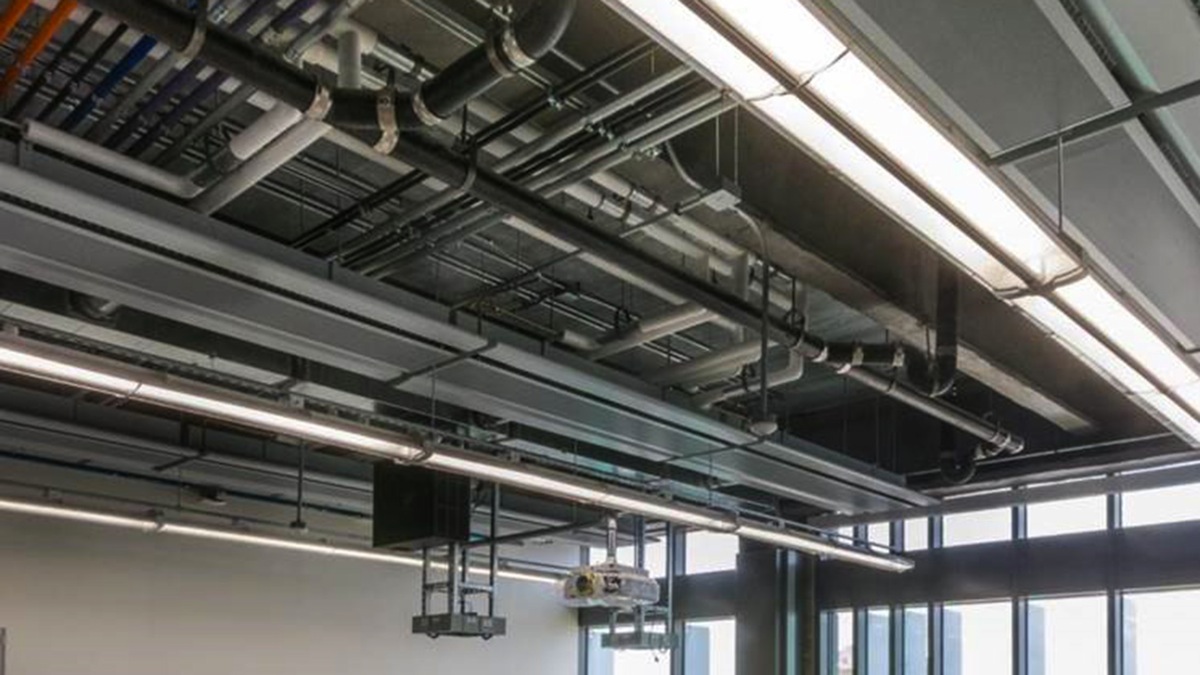The 2014 Nobel Prize in Physics was recently awarded to three scientists (Isamu Akasaki, Hiroshi Amano, and Shuji Nakamura) for inventing the blue light-emitting diode (LED) roughly 20 years ago. Prior to the advent of blue LEDs, white light from an LED source could not be created making commercial LED lighting unattainable. The invention of the blue LED has paved the way for a global lighting revolution.
The importance of this scientific breakthrough cannot be overstated. Lighting energy accounts for approximately one-fifth of electricity consumption in the world. LED sources are more energy efficient than traditional sources such as incandescent and fluorescent and last considerably longer. In the U.S. alone, LED lighting has the potential to save over $13 billion annually on electricity bills. That’s enough electricity each year to power all the homes in the state of Texas.
But alas, now comes a new problem. While first generation LED lighting fixtures were basically your standard incandescent or fluorescent housing retrofitted with LED light boards, manufacturers have now begun designing fixtures around the LEDs. The result is an integrated fixture where lamps are not serviceable or replaceable. This is a fundamental shift in how we think about lighting. No longer will facility maintenance staff be required to make the rounds replacing lamps. As the LEDs diminish in output over time, the entire fixture is simply removed (hopefully recycled) and replaced with a new one. This means building owners will need to completely replace their lighting fixtures at the fixture end of useful life, whenever that may be.
I’ve worked on several projects now where this exact topic has come up and owners have varying opinions.Some owners are comfortable with accepting this risk whereas others want only serviceable LED fixtures. The situation is also a mixed bag among the manufacturing community, where some fixtures are constructed with serviceable parts and others are completely throwaway (again, hopefully recycled).
This issue is one that architects and engineers need to be aware of as commercial LED lighting becomes more widespread. The perceived cost savings could literally be wiped away as owners will be required to completely overhaul their lighting system in 10 or 20 years.
So, the question becomes, should we be specifying replaceable or disposable fixtures? What do you think?
Related Stories
| Sep 21, 2010
New BOMA-Kingsley Report Shows Compression in Utilities and Total Operating Expenses
A new report from the Building Owners and Managers Association (BOMA) International and Kingsley Associates shows that property professionals are trimming building operating expenses to stay competitive in today’s challenging marketplace. The report, which analyzes data from BOMA International’s 2010 Experience Exchange Report® (EER), revealed a $0.09 (1.1 percent) decrease in total operating expenses for U.S. private-sector buildings during 2009.
| Sep 16, 2010
Green recreation/wellness center targets physical, environmental health
The 151,000-sf recreation and wellness center at California State University’s Sacramento campus, called the WELL (for “wellness, education, leisure, lifestyle”), has a fitness center, café, indoor track, gymnasium, racquetball courts, educational and counseling space, the largest rock climbing wall in the CSU system.
| Sep 13, 2010
Second Time Around
A Building Team preserves the historic facade of a Broadway theater en route to creating the first green playhouse on the Great White Way.
| Sep 13, 2010
Data Centers Keeping Energy, Security in Check
Power consumption for data centers doubled from 2000 and 2006, and it is anticipated to double again by 2011, making these mission-critical facilities the nation's largest commercial user of electric power. With major technology companies investing heavily in new data centers, it's no wonder Building Teams see these mission-critical facilities as a golden opportunity, and why they are working hard to keep energy costs at data centers in check.
| Aug 11, 2010
WattStopper contributes freezer case occupancy sensor to DOE study
WattStopper has participated in a ground-breaking demonstration of solid-state lighting (SSL) technology combined with occupancy sensors in grocery store freezer cases. The project was supported under the U.S. Department of Energy (DOE) Solid-State Lighting GATEWAY Technology Demonstration Program. WattStopper contributed FS-705 Wide Angle PIR occupancy sensors to the project.
| Aug 11, 2010
New data shows low construction prices may soon be coming to an end
New federal data released recently shows sharp increases in the prices of key construction materials like diesel, copper and brass mill shapes likely foreshadow future increases in construction costs, the Associated General Contractors of America said. The new November producer price index (PPI) report from the Bureau of Labor Statistics provide the strongest indication yet that construction prices are heading up, the association noted.
| Aug 11, 2010
29 Great Solutions for the AEC Industry
AEC firms are hotbeds of invention and innovation to meet client needs in today's highly competitive environment. The editors of Building Design+Construction are pleased to present 29 "Great Solutions" to some of the most complex problems and issues facing Building Teams today. Our solutions cover eight key areas: Design, BIM + IT, Collaboration, Healthcare, Products, Technology, Business Management, and Green Building.
| Aug 11, 2010
New Watt Stopper emergency relay panel
Watt Stopper/Legrand has developed a new relay panel to provide fail-safe emergency lighting in a variety of commercial settings. The Emergency Relay Panel option is UL924 listed for use on emergency circuits. It is available as an option with Watt Stopper’s 24 or 48 relay size Lighting Integrator (LI) low voltage lighting control panels.










